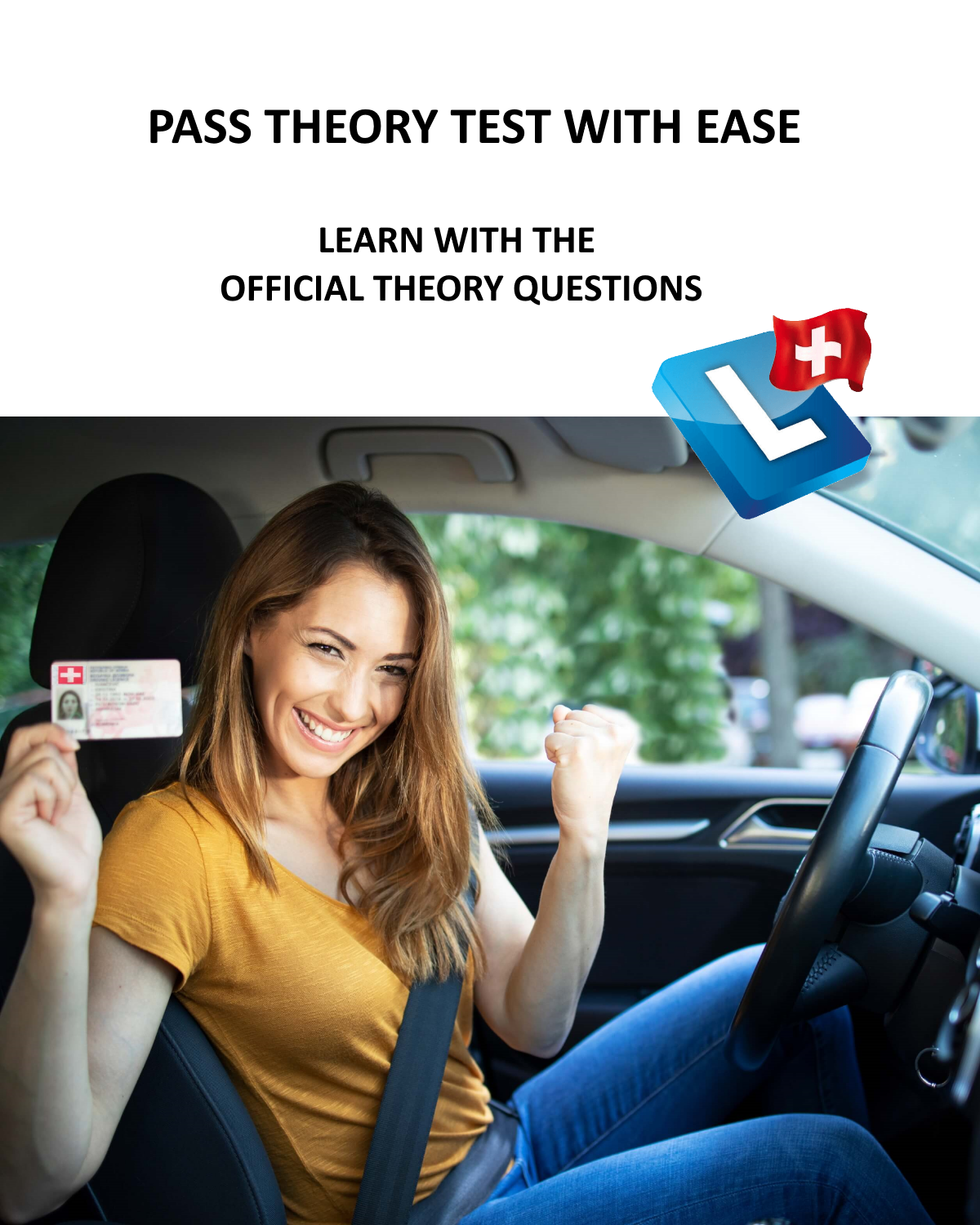Maximum speed
The maximum speed is:
100 km/h for heavy motor vehicles, trailer trains (also passenger cars with trailers)
60 km/h for commercial tractors
40 km/h when towing vehicles, also by means of towing trolleys or semitrailers; the competent authority may permit higher towing speeds in special cases, namely for fixed towing devices that ensure steering of the towed vehicle.
30 km/h when towing agricultural trailers that are not registered and when towing registered agricultural trailers unless their vehicle registration card permits a higher speed, and for vehicles with metal or solid tires.
When encountering animal vehicles and animals, he must drive in such a way that the animals are not frightened.
He must moderate the speed and stop if necessary when children are not paying attention to the traffic in the road area.
He must moderate his speed and, if necessary, stop when children are not paying attention to traffic in the road area.
He must drive slowly where the road is snowy, icy, covered with wet leaves or grit, or freshly tarred, especially if trailers are being carried.
On bridges and in shady places there is a danger of black ice already from about +3°C.
When it starts to rain, the road can be particularly slippery, as the dust on the road and the rain mix to form a slippery surface.
On wet road surfaces, there is a risk of aquaplaning when the road is wet. The wheels “float” on the water. There is a high risk of skidding
The driver must drive only fast enough to stop within the line of sight; where crossing is difficult, he must be able to stop within half the line of sight.
The speed must always be adapted to the circumstances, namely the particularities of the vehicle and load, as well as the road, traffic and visibility conditions. Where the vehicle could interfere with traffic, it must be driven slowly and stopped if necessary, in particular before blind spots, road junctions that are not clearly visible and railroad crossings.
Differing signalized maximum speeds take precedence over the general maximum speeds, as do lower maximum speeds for individual types of vehicles.
When reversing, a maximum speed of 5 km/h (walking pace) must be observed. A maximum speed of 20 km/h applies on signalized residential streets.
The general speed limit of 120 km/h applies from the signal and ends at the signal The general speed limit of 100 km/h applies from the signal and ends at the signal. The general speed limit of 80 km/h starts at the signal.
The general speed limit of 50 km/h applies in the whole built-up area of the locality; it starts at the signal and ends at the signal. For drivers entering a village from minor roads (such as roads that do not directly connect villages or parts of villages, agricultural access roads, forest roads, etc.), the speed limit applies even without signalization as soon as the densely built-up area begins.
The general speed limit for vehicles under favorable road, traffic and visibility conditions is:
– 50 km/h in built-up areas;
– 80 km/h outside built-up areas, except on freeways;
– 100 km/h on highways;
– 120 km/h on freeways
The above maximum speeds may not be exceeded even where a higher speed limit is signaled.
Drivers may not drive so slowly as to impede the smooth flow of traffic without compelling reasons. Otherwise, misbehavior of other road users could be provoked (risky overtaking).



